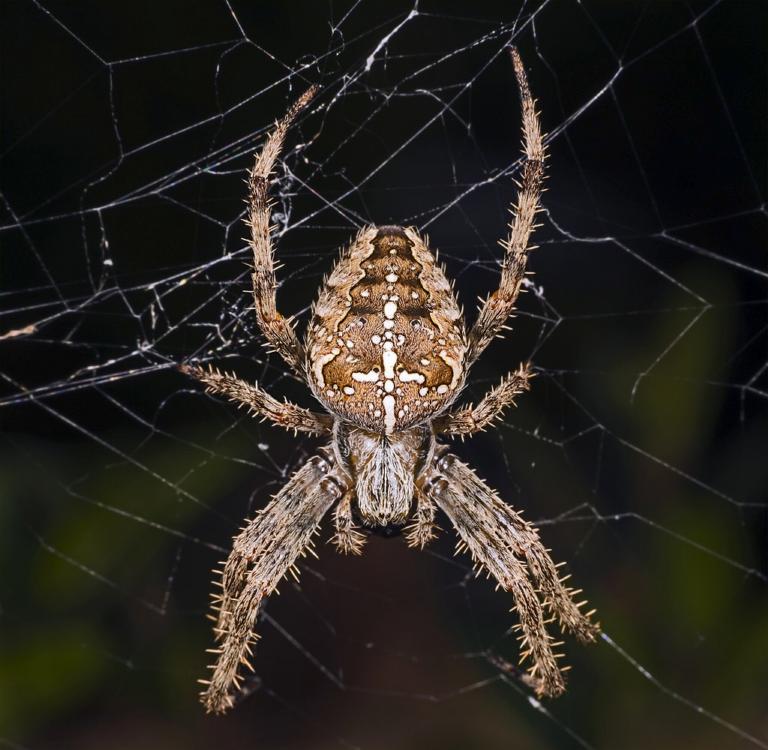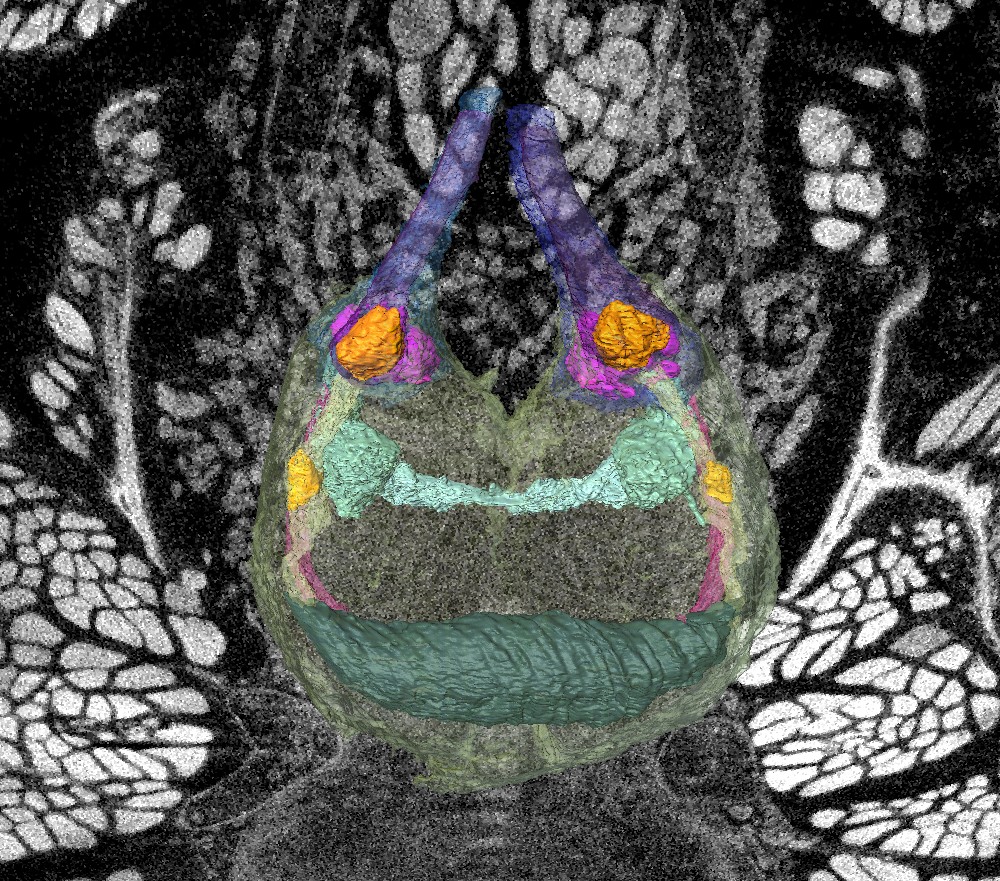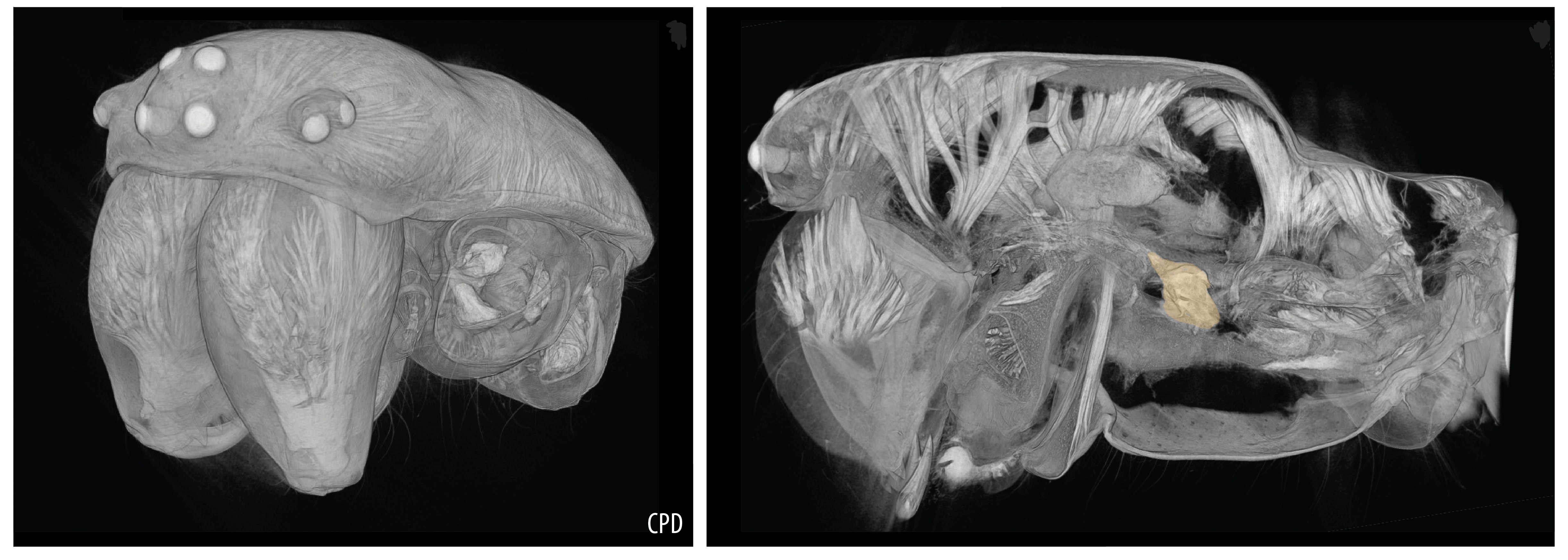
This internship project focuses on the spider brain and the link between its structural complexity and eye modifications.

Backgroundand context
Visual processing is one of the main drivers of brain evolution. Spiders show several eye modifications like eye enlargement, reduction and loss making them a rich comparative model to study the eye-brain system. Although the general structure of the spider brain is known, the link between its structural complexity and eye modifications is still poorly understood.
Objectivesand goals
During this internship you will apply X-ray micro computed tomography (micro-CT) to visualize and reconstruct the internal anatomy of different species of spiders. This data will be used to analyze the interspecific variation in the overall size of the brain, the relative volume of the processing centers and their structural complexity, as well as the morphology of the optic nerves.
Materialsand methods
Materials: We will use freshly collected and museum material to cover a broad taxonomic sample of spider lineages. Specimens will be dissected and stained to allow a better contrast in the scanner.
Methods: We will use micro-CT scanning in combination with specialized software like Avizo and Dragonfly to reconstruct and measure the internal anatomy. Data will be analyzed using statistical and phylogenetic methods.

Student requirements
Interest in arthropod evolution, systematics and taxonomy.
Interest in micro-CT methods and 3D visualizations.
Basic notions of Phylogenetic analyses is a plus.